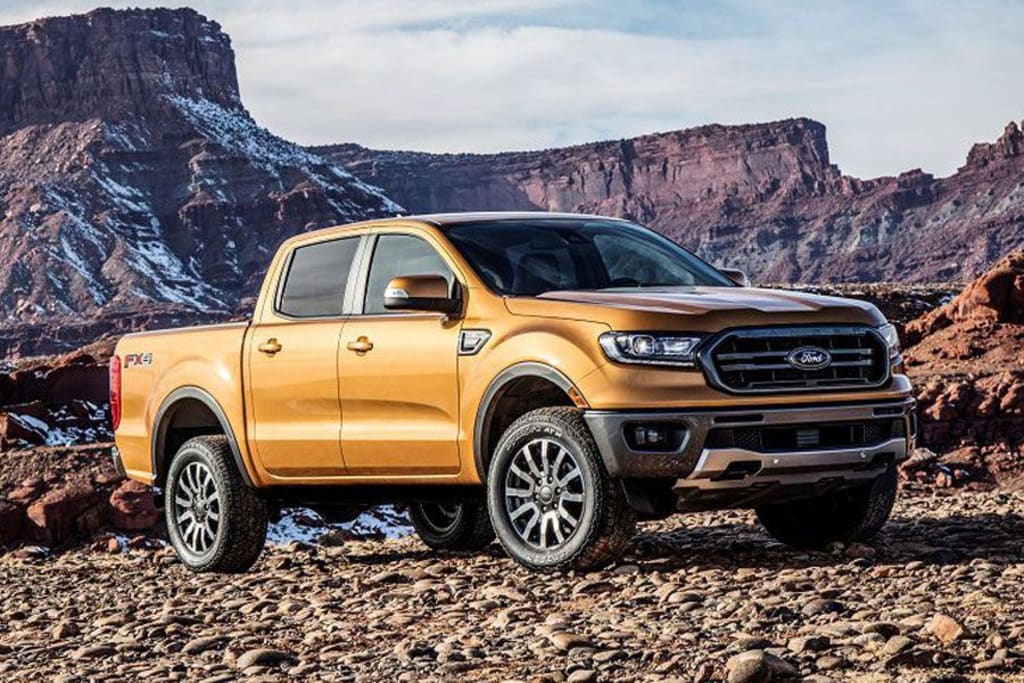
Absolutely! Here’s a full article you can use titled:
How to Improve Your Truck’s Gas Mileage: Practical Tips
Let’s face it—trucks aren’t exactly known for being fuel-efficient. But whether you drive a full-size pickup for work or a midsize model for everyday use, improving your truck’s gas mileage can save you serious money in the long run. Fortunately, there are plenty of practical, real-world tips that can help you get the most out of every gallon.
⛽ Why Gas Mileage Matters for Truck Owners
- Lower fuel costs
- Fewer fill-ups on long trips or job routes
- Less wear and tear on the engine
- Smaller carbon footprint
Let’s break down what you can actually do to improve fuel efficiency—starting today.
🔧 1. Keep Up With Regular Maintenance
Neglecting your truck’s basic upkeep can seriously hurt fuel economy.
✅ Key maintenance tasks:
- Change the oil regularly (use the recommended grade)
- Replace dirty air filters
- Check spark plugs and ignition system
- Flush and refill fluids on schedule
- Keep your fuel injectors clean
A well-tuned engine runs more efficiently—period.
🛞 2. Maintain Proper Tire Pressure
Under-inflated tires increase rolling resistance, which means your engine works harder and burns more fuel.
- Check tire pressure monthly
- Inflate to the manufacturer’s recommended PSI
- Consider low rolling resistance tires for even better MPG
Bonus: Proper tire pressure improves safety and extends tire life.
🚫 3. Avoid Excessive Idling
Modern trucks are fuel-injected and don’t need to “warm up” for more than 30 seconds. Idling burns fuel needlessly and can add up quickly, especially in cold weather or traffic.
- Turn off the engine if you’ll be stopped for more than a minute
- Consider a stop-start system if you’re buying a new truck
🏁 4. Lighten Your Load
Weight matters—every extra 100 pounds can reduce MPG by 1–2%.
Easy ways to reduce weight:
- Remove unnecessary tools or gear from the bed
- Take off roof racks or bed covers when not in use
- Avoid carrying cargo you don’t actually need
🧰 5. Use Aerodynamic Add-ons Wisely
Some accessories, like tonneau covers, have been shown to slightly improve highway MPG by reducing drag.
- A hard or soft tonneau cover can help streamline airflow
- Avoid bulky add-ons like roof-mounted toolboxes if not essential
Just remember: Not all mods improve mileage—some may do the opposite.
🧠 6. Drive Smart
How you drive plays a huge role in fuel efficiency.
Smart driving tips:
- Ease into acceleration
- Use cruise control on highways
- Avoid jackrabbit starts and hard braking
- Shift early if driving a manual
- Stay under 65 mph—fuel economy drops sharply above that
⚙️ 7. Upgrade to Fuel-Efficient Parts (When Ready)
When it’s time to replace parts, look for fuel-friendly upgrades.
- Synthetic oils reduce friction
- Performance chips can optimize fuel maps (just make sure they’re reputable)
- High-flow air filters may increase engine efficiency
🧼 8. Keep the Bed and Undercarriage Clean
Mud, snow, or sand buildup adds weight and drag. Regular cleaning helps with both efficiency and rust prevention.
🔍 9. Monitor Fuel Usage
Use an app or onboard computer to track your MPG over time.
- Fuelly, Drivvo, or built-in systems can show trends
- Tracking helps identify what’s working—and when something might be off
🚘 10. Consider a Mild Hybrid or Eco Mode (If Available)
If your truck has an Eco Mode, use it! Many newer trucks have fuel-saving settings that optimize transmission shifts, throttle input, and even AC usage.
Some trucks also use mild hybrid systems like eTorque (RAM) to improve MPG subtly without needing a full hybrid system.
🏁 Final Thoughts
You don’t have to give up your truck’s power or utility to save at the pump. By making a few simple changes—from smarter driving to better maintenance—you can boost your truck’s fuel economy and get more miles out of every fill-up.
Want help choosing fuel-efficient parts or planning a DIY tune-up? Just ask—I’ve got your back. 🔧⛽
Let me know if you want this turned into a checklist, infographic, or printable guide for your garage or blog!